History of IHFA
The history of the Holstein Friesian breed in Ireland is inextricably influenced by the establishment and development of the breed in the UK and Holland. The breed originated in Friesland in Holland. The Dutch concentrated on breeding and developing their native Black & White breed for its extra milk potential. They found open markets in Britain and the Americas for the breed due to its inherent ability to produce milk. By the turn of 1900 over 8,000 animals were imported into America which was the foundation of the American Holstein.

Because of the popularity of their stock for export the Dutch established the first herdbook in 1875 to record ancestry and promote the potential of their Black &White breed. The Friesian society was established in Britain in 1909 (BFCS) to develop and promote this breed and bring about improvement. The British formed a Herd Book in 1911 and in some of the earliest editions of the British Friesian Society’s herdook you will find a number of Irish members.
During the 1920’s bulls were imported from the UK and amongst them was the well-known Hedges Kether imported by Mr. T.C. Jones Henry in Sligo. Northern Ireland breeders were also importing Friesian animals from Scotland and the North of England and were forming the nucleus of notable herds which were to supply the foundation stock for many of the better-known herds in the Republic of Ireland with the major expansion of the breed occurring in the sixties and seventies. One of the earliest registered herds was established by T.C. Jones Henry in Sligo, “Ardtarmon” in 1918 under the BFCS.
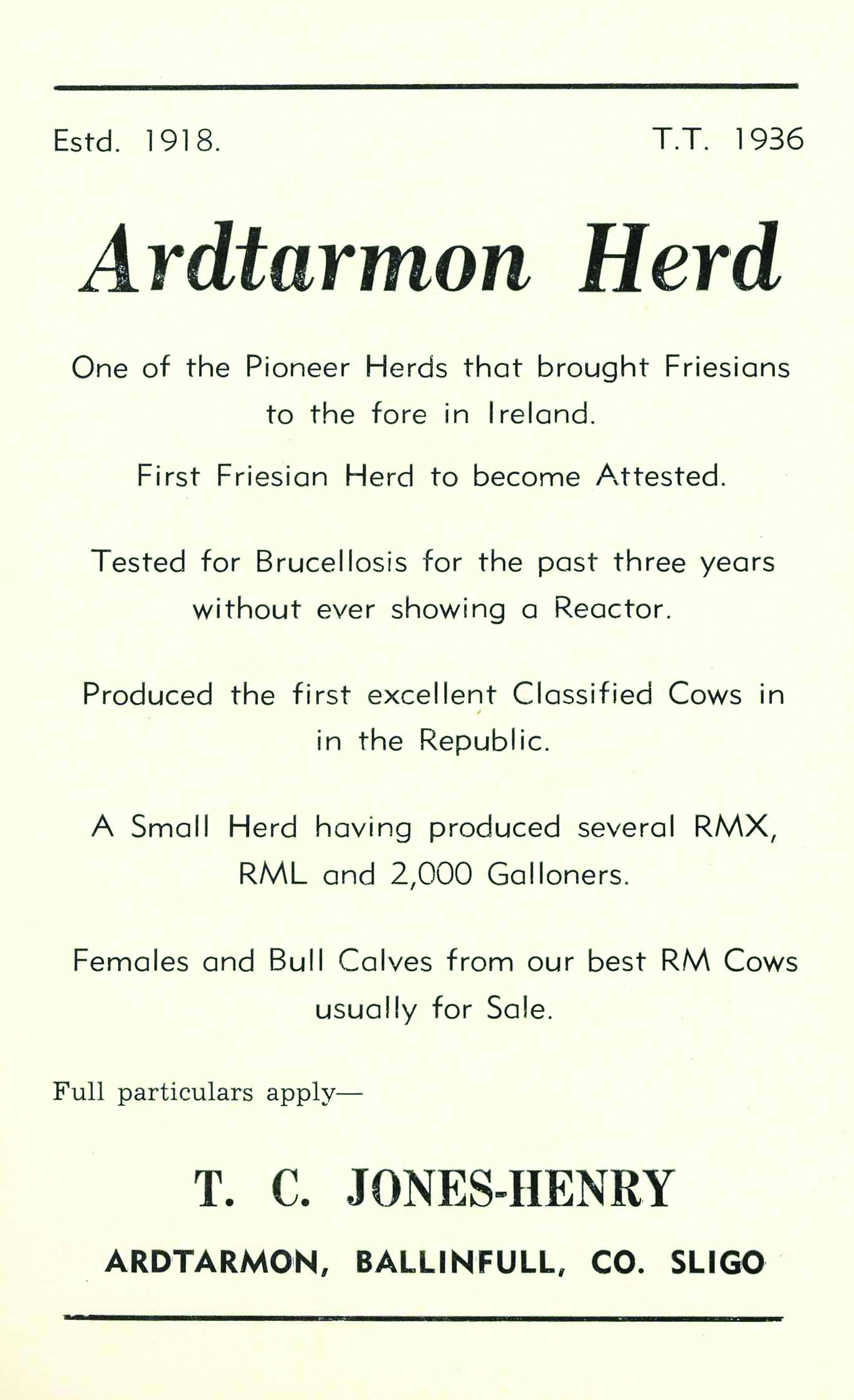
The dominant breed at the time was the Shorthorn and it remained so well into the middle of the 20th century. The dominance of the Shorthorn breed was due to its dual-purpose role of both milk and beef production. However, its popularity diminished with the increased use of beef genetics in the breed. By 1970 the Friesian popularity outstripped the Shorthorn and the Friesian became the popular and dominant breed.
The Department of Agriculture of this era was always very conscious of the value of the beef trade as a net revenue contributor to the exchequer so it was important that the Friesian would be developed in the mold of the Shorthorn with a dual-purpose role. This was evident through Department schemes and bull licencing for breeding purposes. This policy dominated importations and Type of bulls purchased at the Reading sales in the UK for use in AI. Breeders in their pursuit of excellence in production and conformation and enlightened by tours organized by IFBA were enthused by the potential of the Holstein in Canada and USA and used extensively across Europe. By the mid 1980’s breeders were smitten and the switch to Holsteinization of the Black & White breed was in train.
Progression from BFCS Club to Independent Breed Society
In 1921 the Council of the parent Society acknowledged that Irish members should have a seat on Council and in order to promote the breed in Ireland the Irish Friesian Cattle Club was formed. This club looked after the interest of members in both parts of Ireland and appointed joint Secretaries i.e., Mr. Roger Sweetman of Glendalough, Co. Wicklow and Mr. David Caldwell of Bellahill, Co. Antrim. This Association lasted until the outbreak of World War II when it was disbanded, the funds were divided and two separate organisations formed, namely the Northern Ireland Friesian Breeders Club and the Irish Friesian Breeders Club.
New Era

The first AGM of the Irish Friesian Breeders Club was held at the RDS on 10th August 1945 when Mr. R.E. Sweetman (Derrybawn) was elected Chairman, Mr. J.F. McCulloch (Clonswords) elected Secretary and Mr. T.C. Jones-Henry (Ardtarmon) was nominated as Irish Council Member of the Society from 1946. At this point in time there were less than 100 members of the Society in the Republic. As Agriculture began to emerge from the post war depression, membership began to increase and the club became more active, arranging field evenings and holding committee meetings.
In 1951, Mr. T Quill, Blarney (Example Farm) was elected Secretary and held this position for seven years, at which time the membership in the Republic had grown to almost 600 members and the job of Secretary became very onerous. The club approached the parent Society to appoint a paid Secretary in 1960 but this request was not acceded to. Nevertheless, the Club appointed Mr. T. D. Brophy Auctioneer, Newbridge as Hon. Secretary and decided to have their own headed notepaper printed. The club also held a dinner during Spring Show week at which the Minister of Agriculture, Mr Paddy Smith T.D. was in attendance which gave recognition to the importance of the Friesian breed.
The ‘60s brought to the fore many people who were to leave a big imprint on the breed, amongst whom were Fr. Patrick Collins of Warrenstown College, whose death one month before taking on the Presidency of the parent Society was a tragic loss to the breed in Ireland. Other prominent breeders at this time who gave their time and energy to the promotion of the breed in Ireland included Capt. McCarthy (Bracklyn) J.J. Kelly (Moneymore) Michael Buckley (Ballinahina) and Fr. Dan O’Mahoney, Pallaskenry College.
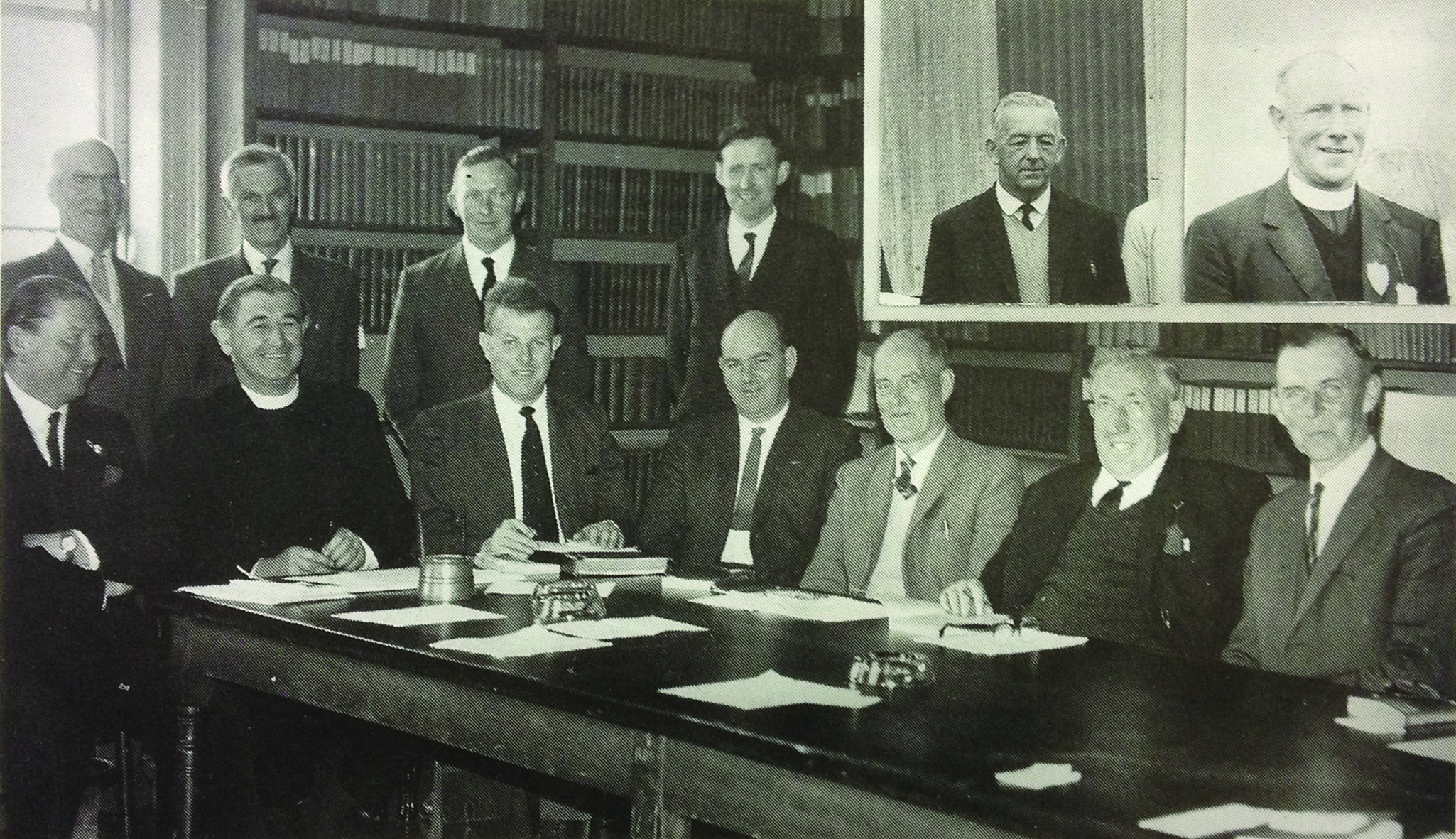
At the end of 1964 membership of the Society stood at 1,500 and Mr. Hugh Sweetman who had succeeded Mr. T.D. Brophy as Hon. Secretary found the task of looking after the interests of 1,500 members well-nigh to impossible. At this stage the parent Society felt that there was huge potential for the growth of the breed in Ireland and they agreed to appoint a full time Secretary/Fieldsman with an office in Dublin to promote the breed and to liaise with the Dept of Agriculture, AI Services and the Agricultural Institute. The parent Society also agreed to have a second council member from Ireland and to change the name of the Club to the Irish Friesian Breeders Association. This committee of the Irish Friesian Breeders Club drew up a new set of Rules which were approved at their 1st AGM and so the IFBA came into existence. Mr. Brendan Dunleavy then General Manager of Jersey Milk Producers was appointed first Secretary of the newly formed Irish Friesian Breeders Association (IFBA) and remained in this position until his retirement in 1991. For 26 years he travelled the length and breadth of Ireland promoting the breed and being in attendance at shows and sales. The IFBA now began to base itself on the same structures of the BFCS and so achieved a certain autonomy. The committee became known as the Council of IFBA with sub committees for Finance, Promotion, and Show and Sales. Electoral areas were formed with direct election to the Council of the IFBA and for all practical purposes the day to day running of Friesian affairs in Ireland was in the hands of IFBA members. However financial control still remained in the hands of the BFCS.
Journal
In order to emphasise the Irish dimension of the IFBA a first Irish Journal was produced in 1967. This became a biannual publication devoted exclusively to Friesian affairs in Ireland and continues in this format. The Journal played a key role in the promotion of the breed and serves as a direct link with the members.

Club Structure
With the rapid expansion of the breed in the 70’s and early 80’s it became obvious that substantial voluntary work was required if the Association was to keep in touch with all our members. The idea of a club structure emanating from GAA blueprint was envisaged and the first clubs were formed in the early 70’s and eventually there were 15 clubs which catered for members in almost every corner of Ireland. The existence of the clubs also provided the Association with the opportunity of organising such events as a Club Conference and Inter-Club Judging Competitions and they also inspired the running of the National Herds Competition, the results of which are eagerly awaited each year. Much voluntary effort was put into the development of the clubs and a special tribute must be paid to the work of Noel Hayes and Hugh Magee who were unstinting of their time and talents in travelling the country and putting on type demonstrations and organising symposia, their efforts still bear fruit.
During this time the Secretary initiated visits to the 12 Agricultural colleges where he lectured the students on the benefits of keeping pedigree registered Friesians. This was an important function of the Association in influencing young dairy farmers. Close and harmonious relations were developed with breeders in Northern Ireland which were maintained despite the political unrest of that period.
In 1979 Miss Elizabeth O’Mahony was appointed by BFCS as a Field Liaison Officer with the IFBA and her main activity was grading up herds to pedigree status, attending shows and sales, and promoting the activities of the Young Members Association (YMA). Close contact was kept with the Dept of Agriculture particularly on the question of imports and there was a very good relationship with the Chief Inspector Dr. Austin Mescal who was one of those responsible for making herd assessment part of the process of bull selection.
Early Exports
One of the success stories of this period was the export to the USA in 1969, of cattle which formed the nucleus of the American Beef Friesian, the most prominent animal in the group being J.J. Kelly’s Champion Bull Moneymore Top Notch. A group of 81 heifers sourced from Limerick herds was exported to the USA in 1974, destined for research work in ranches based in Kansas and Iowa. Lakelodge Admiral, bred by Michael Murphy, Glanmire, Cork was exported to Canada in 1970.
In the mid 70’s some members of the IFBA went to the National Stock Show in Denver to see the progeny of these animals from Ireland, which were much sought after by ranchers for their ability to breed early maturing offspring for the beef trade. Other highlights of this period for the IFBA were to have the Secretary accompany the Minister for Industry and Commerce Mr. Albert Reynolds on a Trade Million to China in 1988 and his attendance at the World Friesian Conferences in Mexico and Kenya as a representative of Ireland, shows how far the Association had advanced from being a mere club of the BFCS.
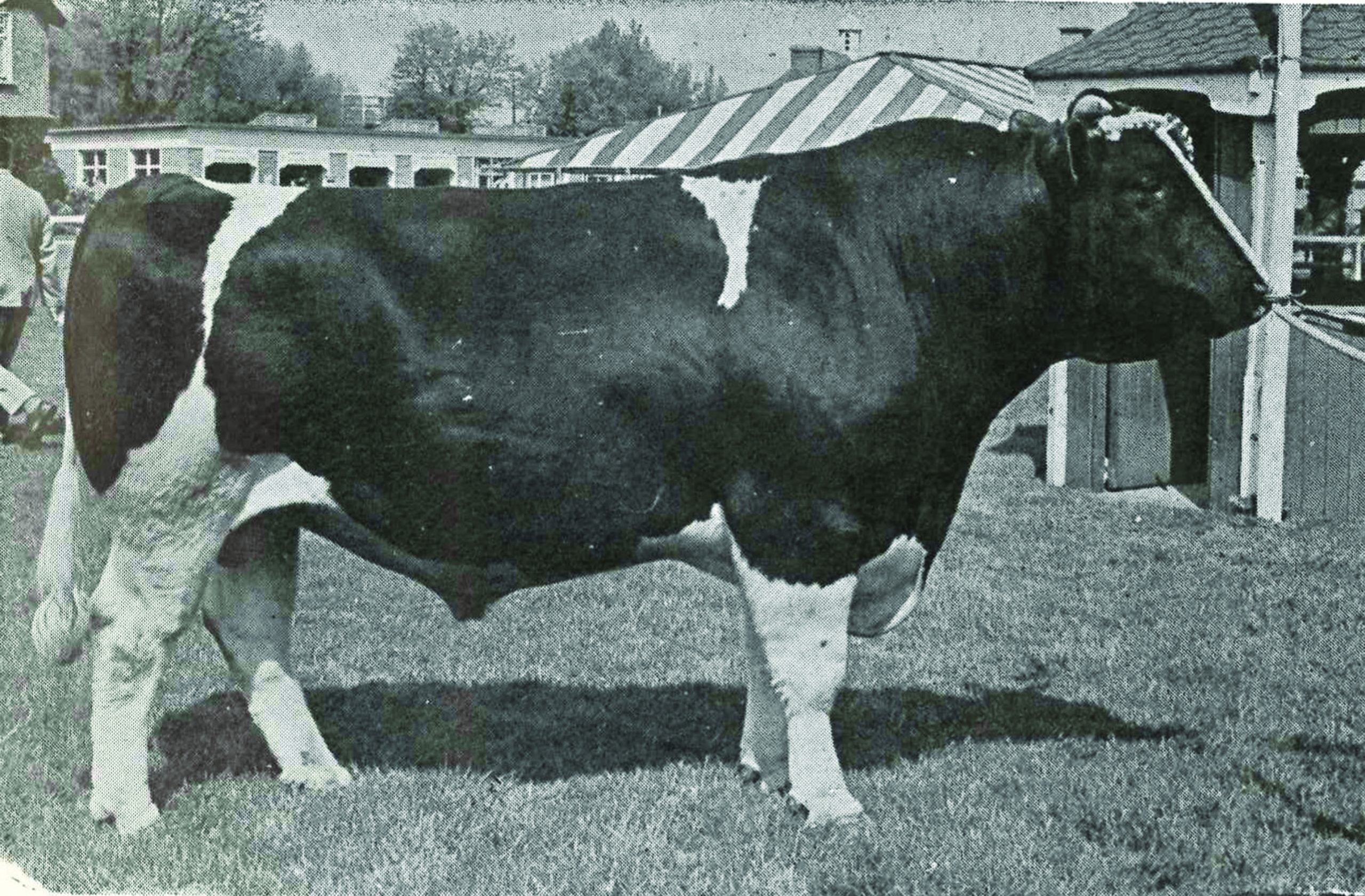
IFBA Tours
In 1967 the IFBA organised the first tour abroad, when a plane was chartered to take over 70 members to the North of England, visiting such famous herds as Hunday, Ullswater, and Dalton. Until his retirement in 1991, the Secretary led a further 24 tours abroad which included visits to almost every part of the world where Friesians were bred. Travel is education and there is no doubt that many breeders benefited greatly from these trips.
In 1968 the first heifer Show & Sale took place in Cork. In 1971 the Irish team had a remarkable win at the Royal Show stockjudging for the first time. The Irish team was comprised of Denis Crowley (Uacter), T. Kelly (Knockanroe) and S. Neary (Troyswood). This was a tremendous achievement and was a big factor in making people aware how far IFBA had come in a few short years. This victory was repeated in 1990 by a team of the Kerry Club comprising Timmy Fitzmaurice, Peter Kennelly and Mike Maunsell.
New IFBA Office
In 1991, Brendan Dunleavy retired as Secretary of the IFBA. The role of full-time Secretary was dispensed with and some weeks later Kevin Dillon was appointed Senior Field Officer. Elizabeth O’Mahony continued her role as Liaison Officer, Maria Dillon was appointed as part-time Secretary and a new IFBA office was opened in Clonakilty. Realising the potential for attracting new members Bobby Franks was appointed in the northern half of the country as a full-time Field Officer in 1994.
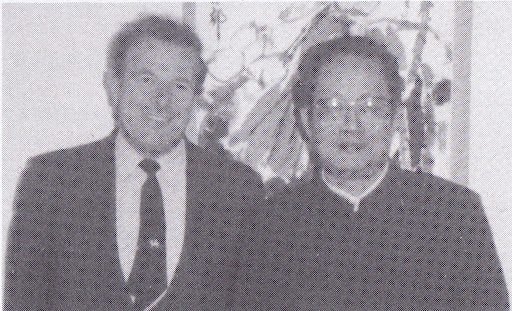
IFBA Autonomy
The ambitions of the staff and Council of the IFBA could not be realised under the existing structure and a series of meetings between the IFBA Council under the Chairmanship of Michael Buckley and Duncan Spring the then Chief Executive of HFS led to a deal where £1 for each calf registered with HFS was returned to IFBA for breed promotion in Ireland. This arrangement gave the IFBA more control of the development and promotion of the breed in Ireland and a more vigorous approach to breed promotion followed. In 1994 the name (IFBA) Irish Friesian Breeders Association was changed to the (IHFA) Irish Holstein Friesian Association in recognition of the popularity of Holstein genetics in breeders’ herds. A new IHFA logo was launched and many new promotional events were inaugurated. Kevin Dillon was appointed Executive Secretary.
Open Day
The first IHFA Open Day was held on the farm of Charles & Victor Jackson, (Crossnacole) herd in Kiltegan, Co. Wicklow in August 1991. The Open Day incorporated the announcement of the winners and the presentation of prizes in the National Herds Competition and the Interclub Stockjudging. The Open Day has been an educational as well as a popular social event where breeders can meet in a relaxed environment
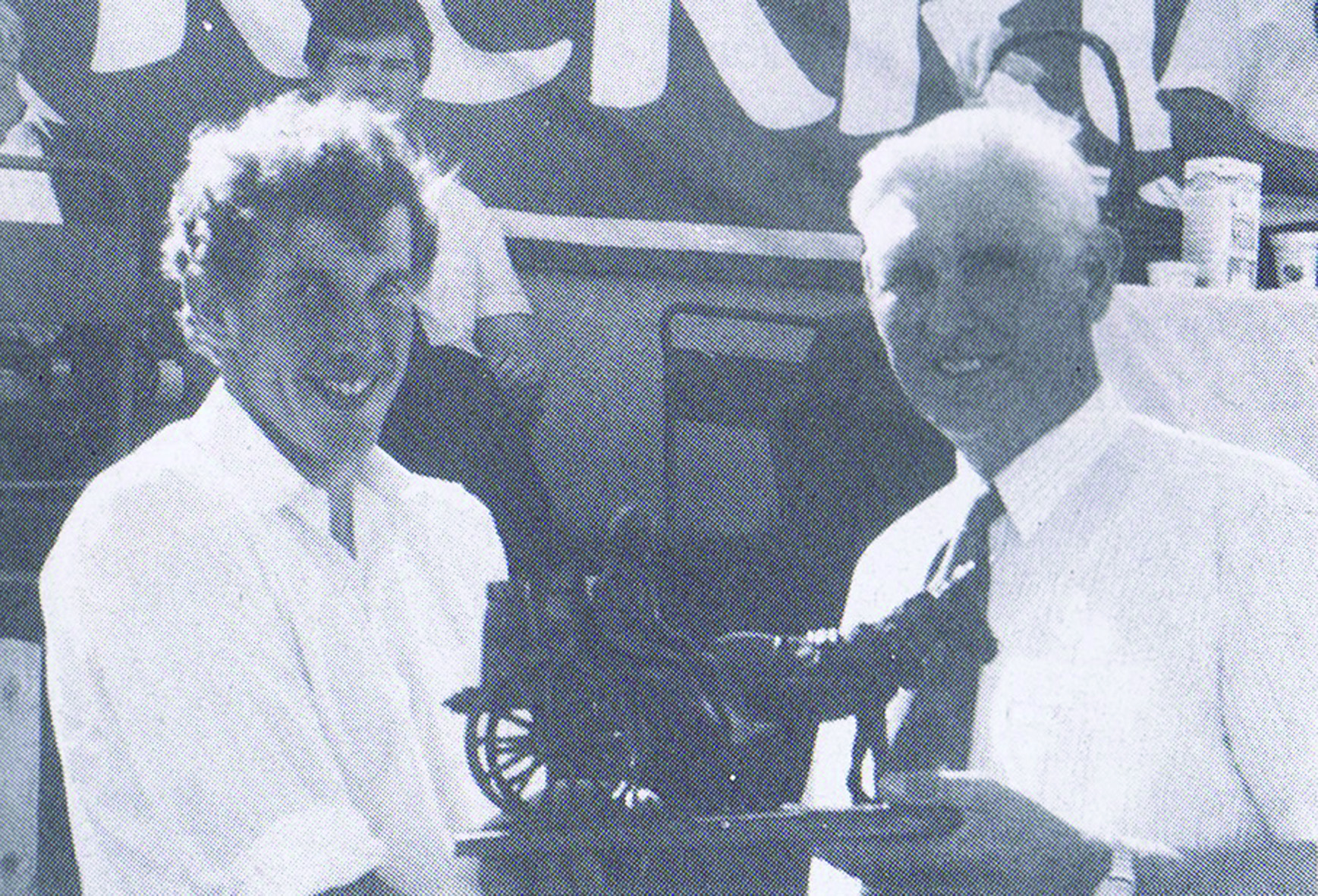
Ploughing Championships
In September 1994, the IHFA for the first time had a live cattle demonstration at the ploughing match.
European Holstein Show
One of the proudest days in the history of Holstein Friesian breeding in Ireland was Saturday February 14th 1998 in the European Championships at the Agribex Complex in Brussels. An Irish team competing for the first time on foreign soil and made up of five cows, those five cows came away with two 1st’s, two 2nd’s and one 3rd and Junior Champion.
A magnificent performance by all involved and it opened the eyes of the World to the quality of Irish cattle. This success was further realized in 2004 when winning the overall country group.
IHFA New Structure
Under an EU Directive, it became incumbent on each Member State to develop a National Database, consequently ICBF was set up in 2000 with Dr. Brian Wickham as Chief Executive. As in many things, technology created the opportunity for change, the arrival of ICBF was to be the catalyst for that change. As and from the 1st of January 2002, the IHFA was incorporated as an Independent Breed Association operating an Irish Herdbook independent of HUKI.
IHFA Board
The IHFA Board was set up comprising of representatives nominated by each of the 15 clubs plus three Vice Presidents and two ICBF Board Members. The Board would decide policy on finance, breed development, breed promotion and all IHFA activities. To facilitate the new structure IHFA acquired new offices which were officially opened by Mr. Joe Walsh, Minister for Agriculture, DAFM, in the summer of 2002.
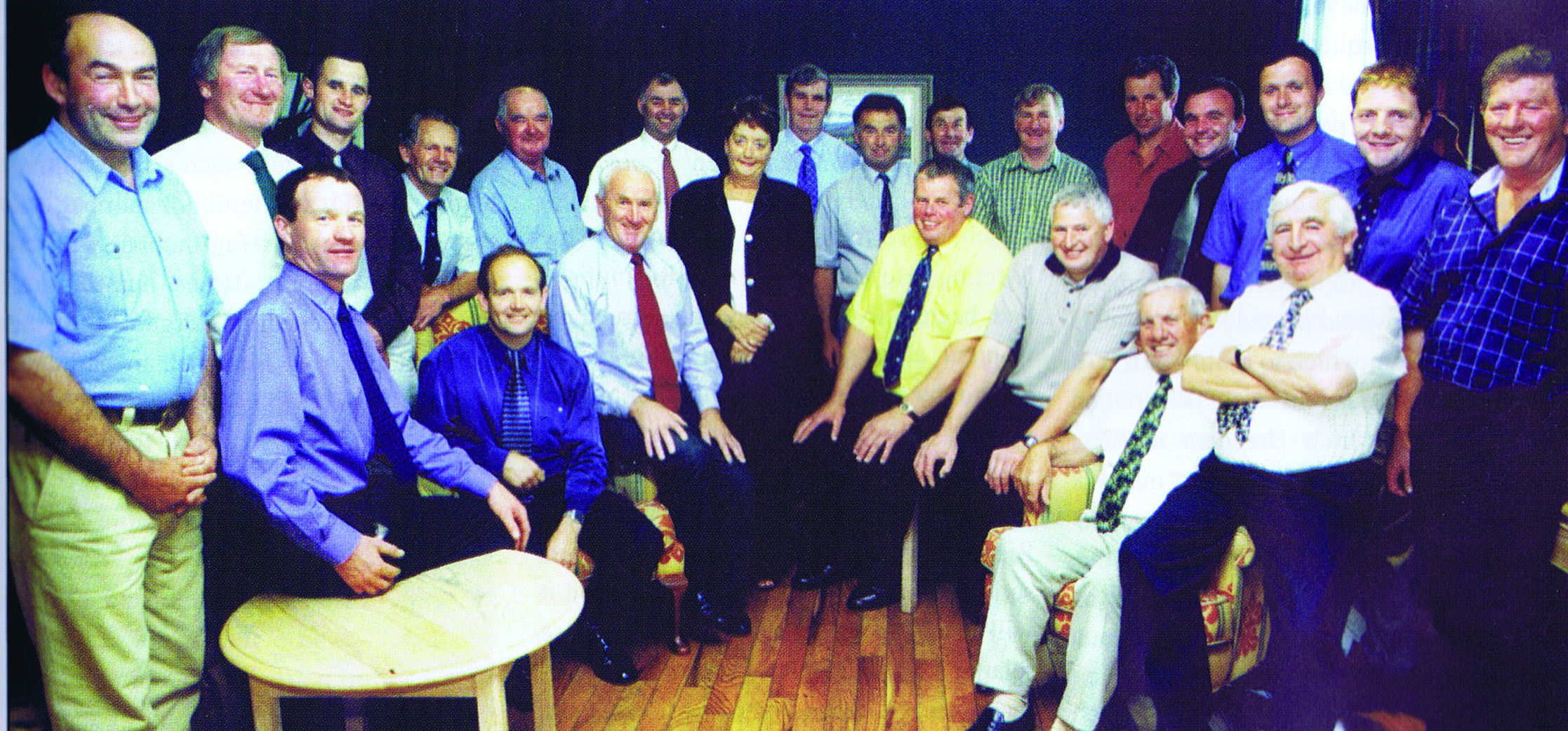
ICBF
The current structure of ICBF is that it is jointly owned by 4 groups of Shareholder, the Farm Organisastions who have a 46% holding, the AI Bodies, the Milk Recording Organisations, and the Herdbook Societies, each of whom have an 18% shareholding. ICBF’s finances were founded with the £ 1m contribution from Farmers plus considerable finance from the EU Structural Funds. It is worth noting that within the 18% Shareholding of the Herdbooks, IHFA own 13%. Because it registers over 2/3 of all Pedigree registrations in the Country, it is eligible for this allocation of shares. All of this demonstrates that ICBF is in fact a farmer owned body controlled by a Board representative of those interests. It provides a statistical, factual base from which to build on. IHFA are significant shareholders in the National Database now in place with 2 representatives on its Board. The ICBF National Database contains all AI, Milk Records and Herdbook Data; it has electronic links to these service providers and also to the National Calf Registration Office, thus allowing it to instantly validate all information as required.
Early years as an Independent Herdbook
There are always teething problems with any change and after an initial period of difficulties with the system eventually the new technology allowed for less duplication and the single unique identifier for all animals has proven to be a great success. The highlight of breed promotion in this early period was the hosting of the World Conference in the Autumn of 2008. Over the period of 17 years Kevin Dillon was instrumental in promoting the Holstein Friesian to an International audience and the setting up of an Independent Irish Herdbook.
Looking Ahead to the Future
I was appointed by the Board to the role of Chief Executive in the Autumn of 2008. The role of the Chief Executive of IHFA encompasses the administration of the Herdbook, expanding and improving services and promoting the Black & White breed to help members attain their goals and remain profitable.
This is a period of rapid progress in both database and scientific technology. I endeavour to make greater use of the data collected on Holstein Friesian cows and stored in the central database at ICBF of which IHFA are shareholders to promote the genetic variation in the Black & White Population. The Pure Friesian strains are very much part of this variation and it is very important that the dedicated core of breeders who have maintained pure Friesian lines are assisted and promoted by the Association. I am very conscious that having spent 30 years in the AI industry, the diversity of breeding lines is of fundamental importance.
The herdbook is an open herdbook and my mission is that access to registration is available for all breeding lines developed to suit the variety of dairy farming systems practiced in Ireland. This is the herdbook’s greatest strengths. Taking a look back at the last decade fertility in the breed took severe criticism, yet breeding lines with superior fertility were identified so that today the graph is on an improving curve for fertility and herd health in the population
Raising the profile of the breed through expanding events and services and the introduction of new technologies such as Genomic services is key to a forward-looking Association. The development of the website and driving new services through this avenue is vital to the young members.
YMA is the succession of IHFA and new competitions and structures are now in place giving them greater autonomy. The role of conformation in breed development is now promoted at club level with the result that Classification & Linear scoring has increased to 36,000 animals. In this short period, I have continued to grow registrations to over 80,000.
Ireland joined the EEC in 1973 and there was great optimism in the farming community around expansion in dairying. Many new herds were set up. This expansion was so rapid that by 1986 quotas on milk production were introduced by the EEC based on 1983 Production. 2015 which is the 50th anniversary of IFBA will also mark a new era of opportunity for new entrants to milk production when quotas are removed from 1st April. The future of IHFA is very positive and the growth in membership and registrations as experienced recently is sure to continue in this new era of opportunity for all.
Charles Gallagher, Chief Executive IHFA


